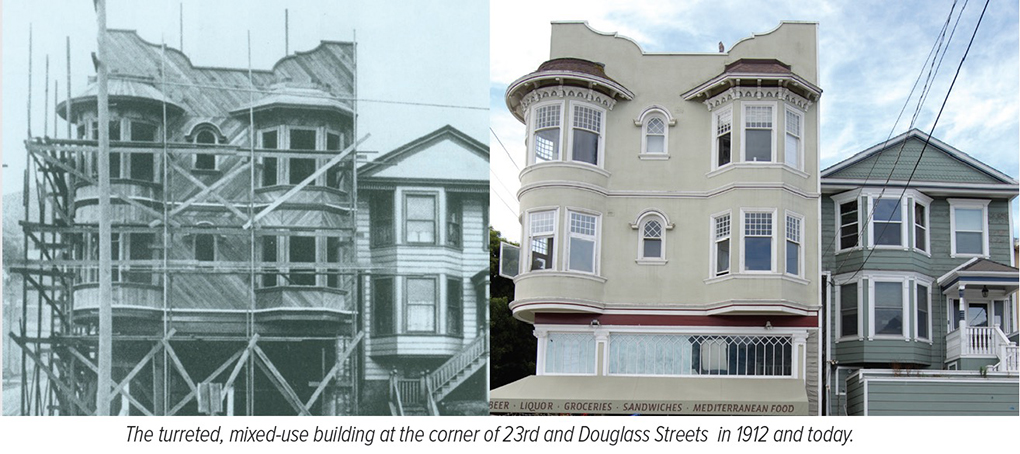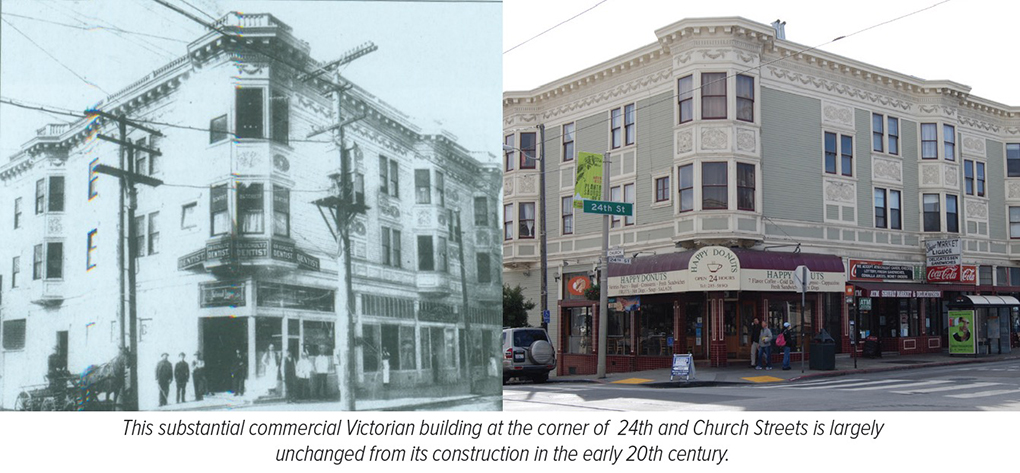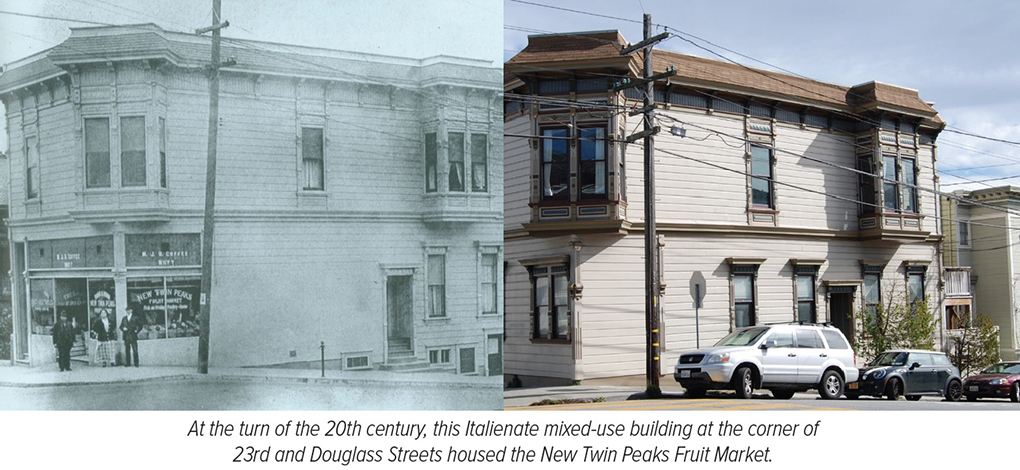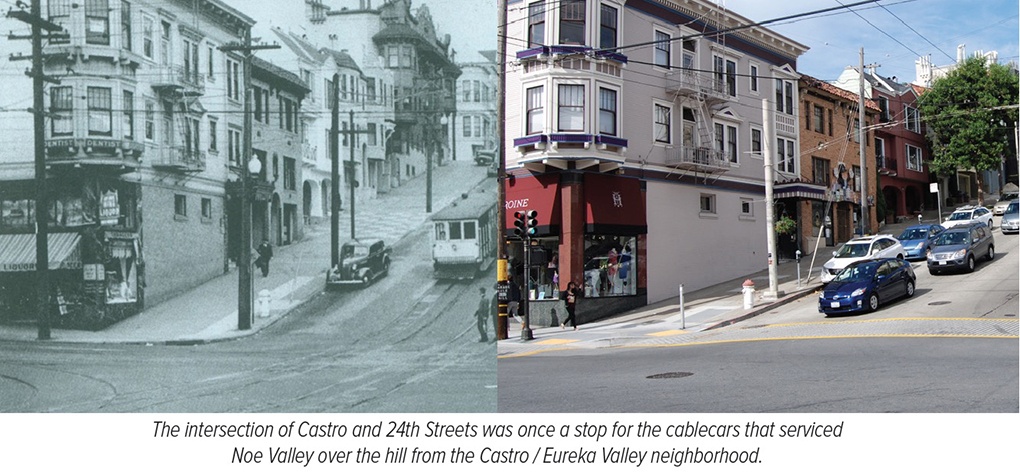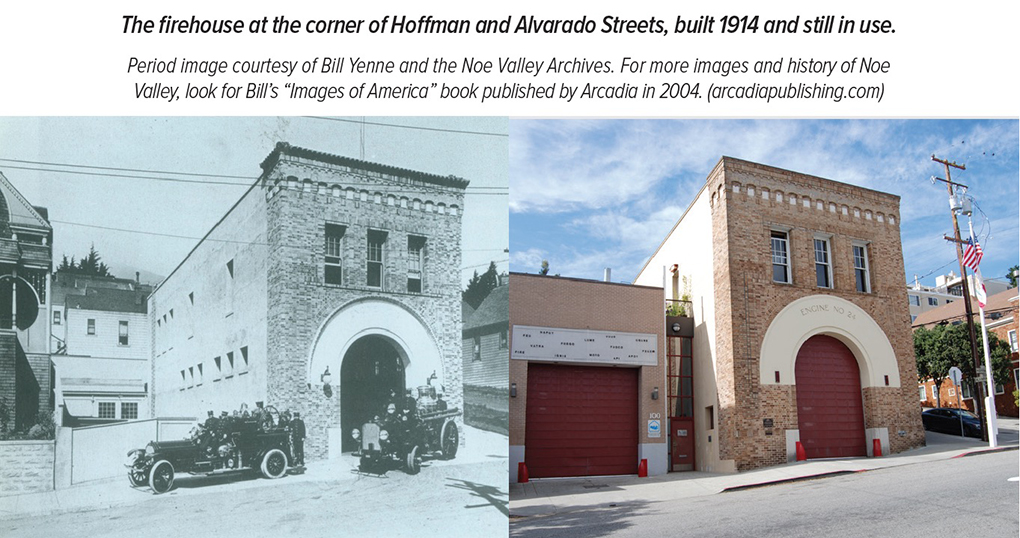Then and Noe (Our History)
Noe Valley today is one of the most sought-after neighborhoods in San Francisco, but the roots of this “Village within the City” are remarkably modest. The area takes its name from the southern peak of Twin Peaks (the other called Eureka and overlooking Eureka Valley, today known as the Castro). The precipice was named for Don Jose de Jesus Noe, the holder of the original Mexican land grant of Rancho de San Miguel that included present-day Noe Valley, and the last Mexican alcalde (mayor) of Mission San Francisco de Asís. However, Noe actually had little to do with the area’s development and he sold most of his holdings after California was granted statehood in 1850.
The layout of the neighborhood, including many of the street names, traces its origin to John Meirs Horner, who acquired a tract of over 5,000 acres of the much larger Rancho de San Miguel in 1852. Although he lost most of the land during the economic downturn later that decade, the die had been cast for a grid of streets that paid no heed to the hilly topography of the area (a common theme in the development of San Francisco).
For many years the neighborhood was known as Horner’s Addition, and in the late 19th century it became the new home for successive waves of immigrants from Ireland, Italy, Russia, Scandinavia and the German states. Many of the beautiful Victorian buildings for which the neighborhood is rightly acclaimed were built by or for these early residents and merchants in the 1880s and 1890s. Spared the devastation of the Great Earthquake and Fire of 1906, most of the homes in Noe Valley proudly bear the distinction of being from the “pre-quake” era.
For much of the 20th century Noe Valley remained a small-town haven for working class immigrants and newcomers in the midst of a booming city. The quality of life in the neighborhood has kept many families from leaving as one generation passes their property to the next, which lends a sense of rootedness. As the cultural and aesthetic value of this intact Victorian village came to the attention of families with more substantial means in the last quarter of the 20th century, land values skyrocketed. But even with these changes the “Village within the City” charm of Noe Valley endures and beckons a warm welcome to you and yours.
